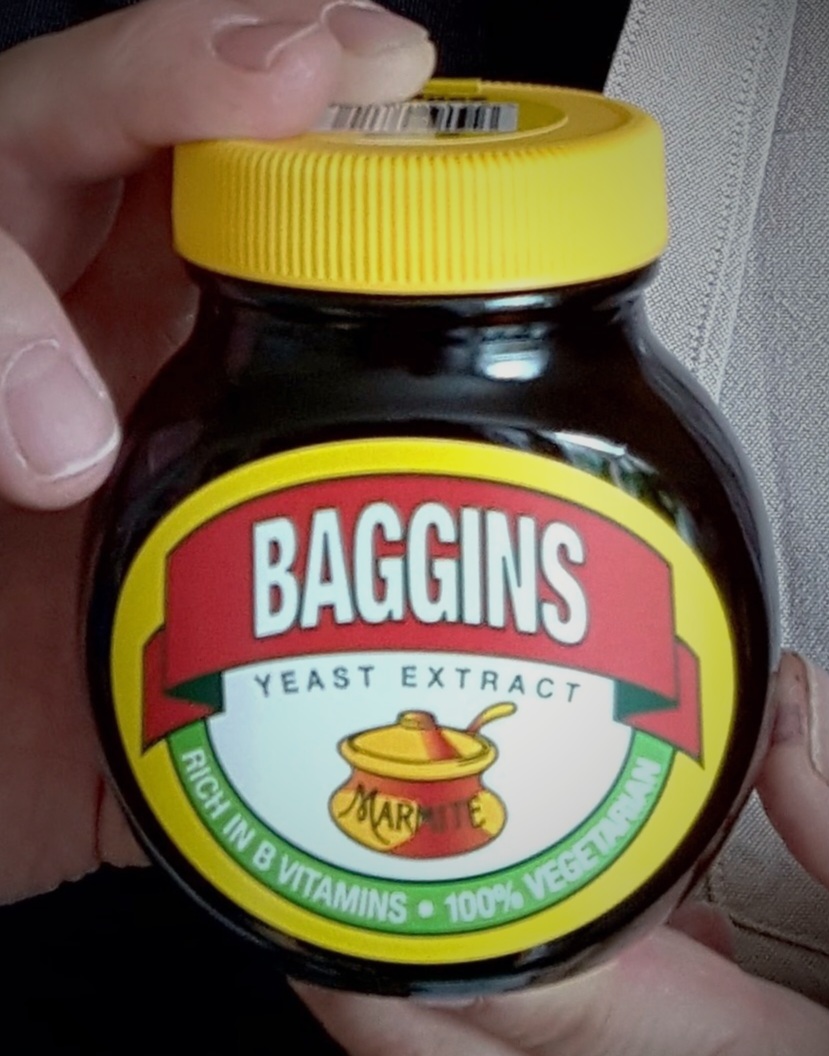Rule of thumb for reading “X may have Y” heds: mentally finish it with “then again, it might not.”
This is just a question hed in disguise.
I usually equate this article verbage to the same as if the title is a question it’s more than likely a “no”. Posturing a hypothetical that can’t necessarily be proven usually means it’s a negative. (Read:no)
Question heds by definition have “no” as an answer. If you’ve done the reporting to answer the question, the copyed ain’t writing a fucking question hed. We’re going to be declarative. And when there are enough holes in a story, putting it on the spike is rather easy.
Could be ice cream, we just don’t know.
Could be cheese. Oh wait, that’s the moon.
It’s cake. It’s always cake. Because everything is cake.
Nuh-uh! The cake is a lie!
Dammit. That’s what I get for believing a bot.
“Bitch!? Is this cake!?”
Where do I put my hand?
On the giant button with the alien hand print that suspiciously matches a human hand, of course.
No, he had to bunch his fingers up because the number of grooves wasn’t right, and only then did it perfectly match. Weren’t you paying attention?
So… what if I have a paw?
No water for you, you gotta be able to fit the grooves. As is known.
From their article
Abstract
Liquid water was abundant on Mars during the Noachian and Hesperian periods but vanished as the planet transitioned into the cold, dry environment we see today. It is hypothesized that much of this water was either lost to space or stored in the crust. However, the extent of the water reservoir within the crust remains poorly constrained due to a lack of observational evidence. Here, we invert the shear wave velocity structure of the upper crust, identifying a significant low-velocity layer at the base, between depths of 5.4 and 8 km. This zone is interpreted as a high-porosity, water-saturated layer, and is estimated to hold a liquid water volume of 520–780 m of global equivalent layer (GEL). This estimate aligns well with the remaining liquid water volume of 710–920 m GEL, after accounting for water loss to space, crustal hydration, and modern water inventory.






